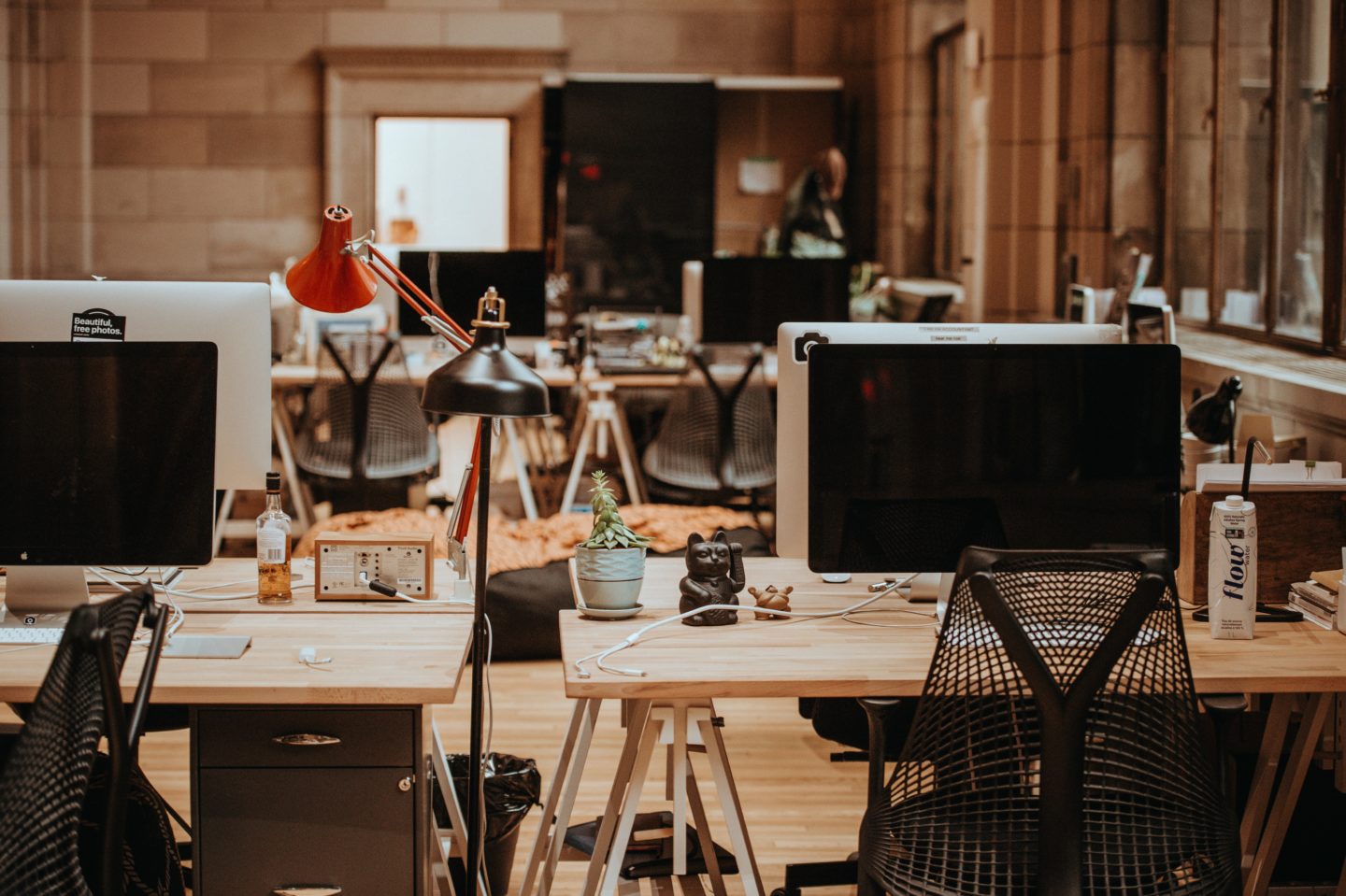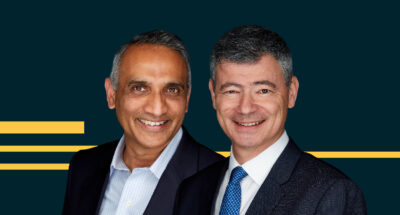How do you build a workforce that is prepared for any challenge the work environment might present? This question preoccupies Eivind Slaaen. Hilti, which makes and markets a wide range of products, software and services to the construction sector, is currently having to manage significant volatility in its target market. But such issues aren’t new to Hilti; it’s been operating against a backdrop of upheaval since its foundation in Lichtenstein some 80 years ago.
In a sector where innovation drives competitive advantage, argues Slaeen, there is always a need to equip staff with new skills and technical knowledge. However, the broader imperative, he suggests, is to ensure the workforce has the resilience and agility to work through continuous change. “You only change companies if enough people in the company start to change their behaviors,” he argues.
Securing a change of culture
Culture, in other words, is all important. But, while many organizations simply pay lip service to that truism, Hilti has built a highly structured learning and development framework to help its people move towards the behaviors that the business believes are required for it to continue to flourish.
That framework is built around a two-day “pit-stop” intervention that each member of Hilti’s 30,000-strong workforce experiences every two years. “We take people out of the field for two days and we go through a process with them,” explains Slaaen. “You stand in front of the mirror and look at what is working well and what’s not working so well. There is an element where we introduce the new things we want to focus on. And we take that down from corporate level to team level, and then to individual reflection.”
Crucially, a large chunk of this time is devoted to talking to the individual about how they work, rather than what they’re working on. “So much of the discussion in businesses is about the activity of the organization, but it hardly touches on the behavioral side,” says Slaaen. “We pull people out of their hectic daily work schedules and encourage them to talk not just about what we’re doing but how we’re doing it.”
The power of simplicity
It’s an approach that is now operating at scale. Hilti is delivering around 2,000 workshops a year across its entire workforce. The concept has been in place since 2003, but the content of the sessions evolves continually, so that staff aren’t simply hearing the same things and the workshops do not begin to seem routine.
Often, the focus is on exercises that, while structurally simple, make a powerful point. Slaaen highlights an exercise designed to steer staff away from the fashionable idea that multi-tasking is a vital part of modern-day work.
“We get them to sit on a chair, to stretch out a leg, and to begin circling it; then we ask them to take a pen and to write down their name five times,” he explains. “When they look back afterwards, nobody can read their handwriting.” The lesson is that, when research suggests people who complete tasks simultaneously rather than sequentially take 40% longer to get through the same amount of work, maybe it’s time to rethink accepted workplace truths. Sometimes, people can be shown the crux of an issue by participating in just such a simple exercise.
Setting a positive tone
Another example Slaaen highlights is the way in which Hilti has encouraged people to begin meetings by checking in with those taking part. Each executive board meeting now begins with a discussion of positive developments since the last meeting. “By talking about something positive when you start the meeting, you open up your brain capacity,” he explains. “You’ll end up having a better meeting than if you’re still stressed from what you were doing before. These are small things, but they can have a huge impact.”
In a further bid to boost self-awareness, Hilti has even started providing heart monitors to all members of staff that want one. These individuals monitor their heart rates over the course of two working days and one day at a weekend, with the aim of demonstrating the effects of stress and recovery. “We cite the concept of the ‘corporate athlete,’” says Slaaen. “Professional athletes don’t spend all their time training and competing; they also put a huge emphasis on recovery time.”
Inevitably, Slaaen concedes, there is only so much the business can do to protect its workforce from the strains of modern life. Businesses can be high-pressure environments – and people can be under pressure in their home lives as well. However, employers can take as much of the burden off their workforce as possible, and will see the benefits of this in terms of employee productivity and wellbeing.
A good example of this in practice is the changes Hilti has made to its induction process for new joiners in recent years. Employee feedback suggested many new starters felt overwhelmed by the amount of training they had to undergo and learning they were expected to absorb. In response, Hilti has dropped much of its induction program and moved to learning journeys with an emphasis on encouraging new staff to network internally and to meet a broader range of people within the business – to learn from new colleagues over time, rather than in one big hit of upfront training.
“In the past, we effectively told new staff to put on a 30-kilo backpack and then we were surprised when they couldn’t just start running at speed,” Slaaen reflects. “Now, we give them a 5-kilo backpack – the essentials – and encourage them to find out more as they run.”
Living through change
Hilti has seen this new approach, built around preparing staff to live through change, have significant positive outcomes on staff recruitment and retention. Current and former staff frequently praise Hilti’s business culture on social-media channels such as LinkedIn, which boosts Hilti’s brand value as an employer, supporting recruitment in a tough labor market. Internally, as well, its staff-engagement scores and retention rates have consistently outperformed industry averages.
The key, argues Slaaen, is to have a learning and development framework and culture that are fit for purpose – but also to maintain the flexibility to evolve the core content as circumstances demand.
At the height of the COVID-19 pandemic, Hilti continued to deliver its pit-stop interventions, shifting to virtual sessions, but placed the emphasis of this contact on health and wellbeing. Even before the pandemic, Hilti was convinced that encouraging staff to try different types of mindfulness exercise could reduce stress and improve mental health, with positive results for them as individuals and for the business.
“When COVID-19 hit, that became even more important,” Slaaen affirms. Unlike those of many other businesses, he points out, Hilti’s staff-retention rates have held up well since the pandemic eased relative to pre-pandemic levels.
Building towards a personal vision
From there, the company has moved on again. “We take people deep into the question of what a change of behavior actually means, and how that radiates [outward] to every aspect of your life,” Slaaen adds. “It’s not purely the business impact but also growing as a person – becoming more successful as an individual, in your team and in the company.”
None of which is to suggest that companies’ learning and development programs should ignore technical skills. Hilti is continually investing in skills development around the new software and hardware tools and technologies that will help it move forward as a business.
However, Slaaen urges businesses to think with a broader sweep. “There is a way to create momentum and an experience for people,” he says. “The key in learning is to ensure people have a vision – then you can start building the steps to get there.”

Audio available




